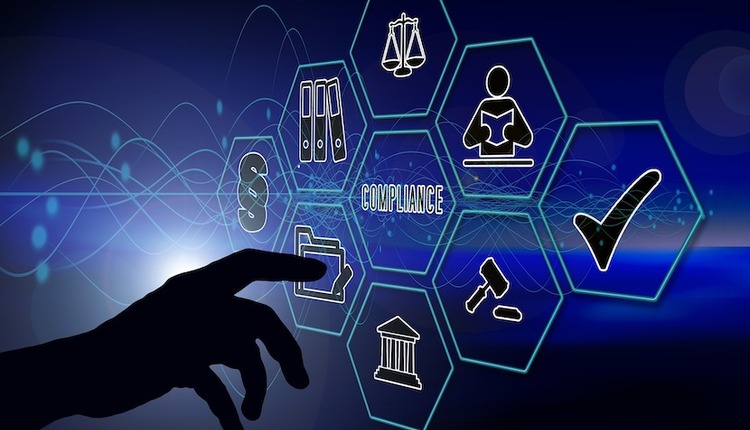
Before we discuss the act of creating effective and personalized customer journeys, it is important to be reminded that the term “customer journey” tells us it’s the customer’s journey. It’s not mine, not ours and not yours. With near 100% confidence, we can bet your customer didn’t start their day with a desire to fill out forms, enter in dates properly, prove they are not a robot, comply with your password standards, start over because of a typo, press “4” for support or read your 30-page contract. To understand personalized customer journeys, you must first understand what the customer wanted to accomplish.
Most often, your customer is trying to get something done. It can be myriad things from financing that car, getting braces for their child, moving to a new home, having Wi-Fi in their new apartment or obtaining services from a local agency. That sounds simple, but it’s important to think about how your systems may be making the journey unnecessarily difficult, less successful and more expensive. If you take an honest inventory of your current customer journeys, you may start to see the customer is doing more work for you than you are doing for them. If so, it is time to fix that mix and align processes to customer goals to improve customer relationships and remove costs from the organization.
Before we get to effective customer journeys, however, let’s survey what you have in place today. Maybe you have some amazing journeys that can serve as a reference point for other teams in your organization. A journey mapping workshop is a great way to get this process started. Collect as many artifacts and as much evidence as possible to represent as many of your customers’ engagements with your brand as possible. As DOCUMENT Strategy readers, we’re going to have a lot of CCM applications, but you also need to collect common call center scripts, tweets with links to landing pages, marketing emails, sales proposals, product reviews, community forum discussions and representation from every one of your systems that create customer experiences.
Now that you have some artifacts for review, you will clearly see that some experiences and touchpoints will need more improvement than others. Start with the worst you find. You probably know what they are prior to this, but you may be afraid to bring them up in office conversation. Next, find examples of your best experiences from your best journeys. Now, you clearly see some experience deltas, as you have the worst experiences and the best experiences on display.
Do all your customers experience both the best and worst you have to offer? At major enterprises and smaller businesses, sadly, the best clients are often treated the worst. Your best clients often use the widest variety of your products and services, so they experience the full range of experiences you offer. They may receive each possible communication from every system, putting any of your inconsistencies in tone or production value into sharp view. Let’s look for journeys that feature large experience deltas as a starting point.
Choosing that starting project and putting it on the board, let’s focus on some end-to-end journeys that have high experience deltas. The onboarding journey is a common one, because it starts with high production value marketing content, moves through some product configurations, shifts to a contract reading experience and concludes with a new service to learn. As you evaluate the technologies underneath your experience, you will likely find opportunities to improve service while finally retiring some technology that is creating your worst customer experience problems.
Next, talk to your customers. Don’t make assumptions about them because you think you know them. Talk to them. Do some digital ethnography. Video some interviews. Go to their locations. Understand what they like or dislike about your services. Find out how they like to pay for things. Learn where they get information. Now, you are starting to see how you can personalize journeys in a way that maximizes customer value.
As you move forward, it’s important to measure the impact and effectiveness of these optimized journeys. Chances are that you may have to deliver an MVP or limited agile project to improve one journey. Make sure you document the returns and the investment in a way that accurately attributes the long-term success to your initial investment. That way, you will be empowered (and budgeted) to improve journeys for more customers from more segments.
Scott Draeger, CCXP, M-EDP, is Customer Experience Officer at QUADIENT. He joined the digital document industry in 1997, after graduating from UNLV. He started as a document designer using a collection of hardware and software technologies, before moving to the software side of the industry. His broad experience includes helping clients improve customer communications in over 20 countries. He earned his MBA in 2007 from the Lake Forest Graduate School of Management.




















